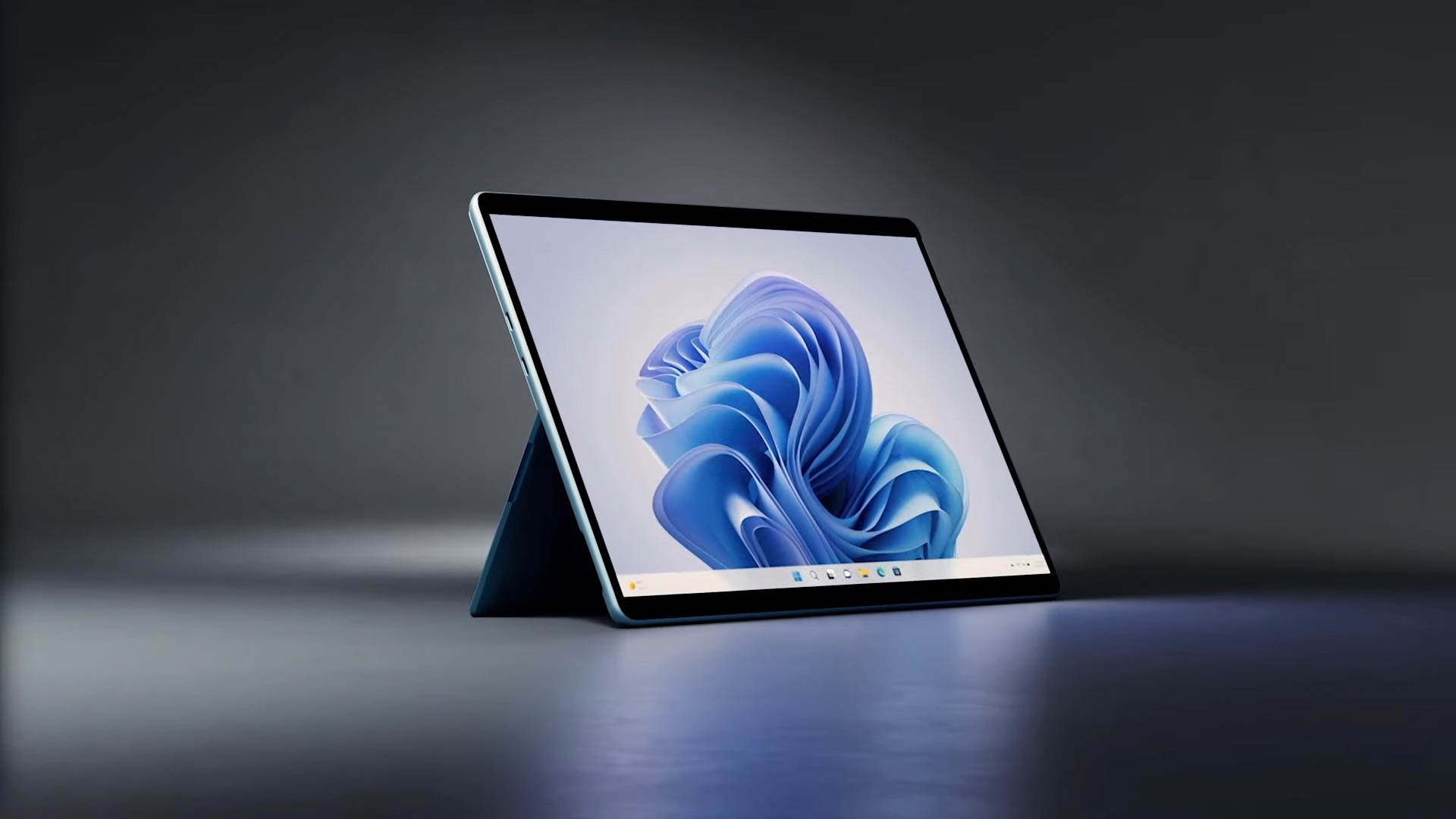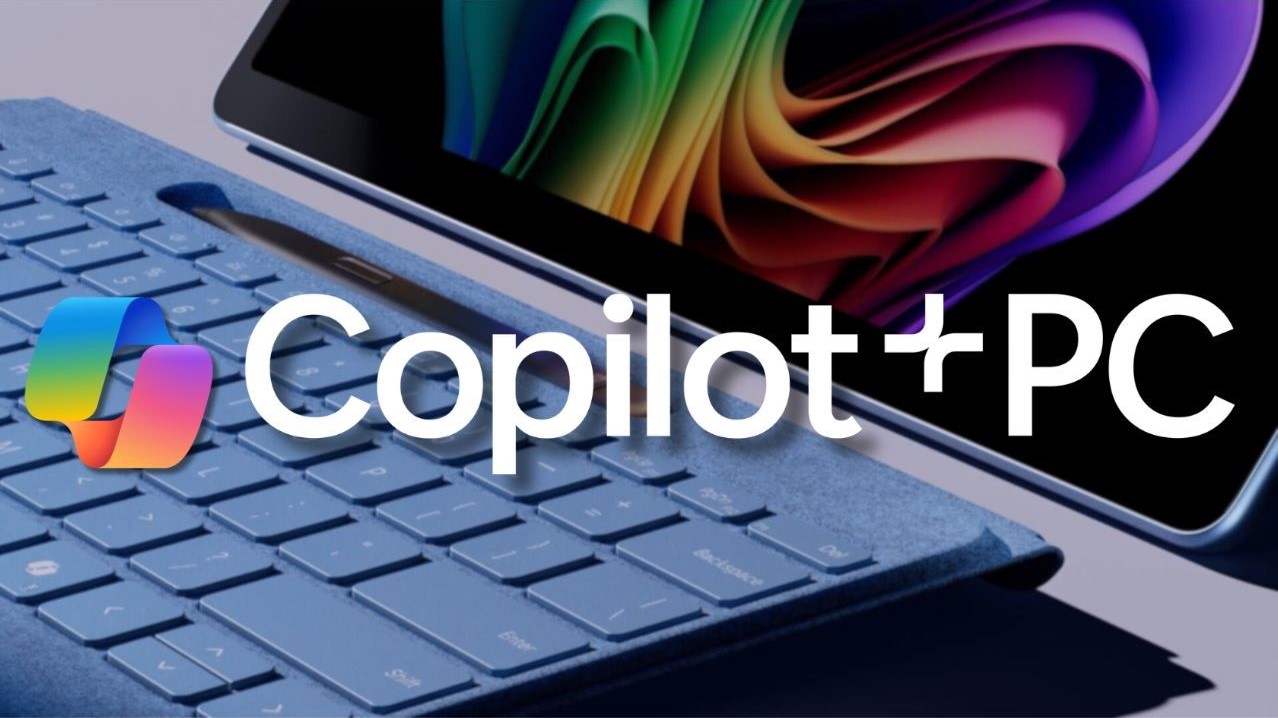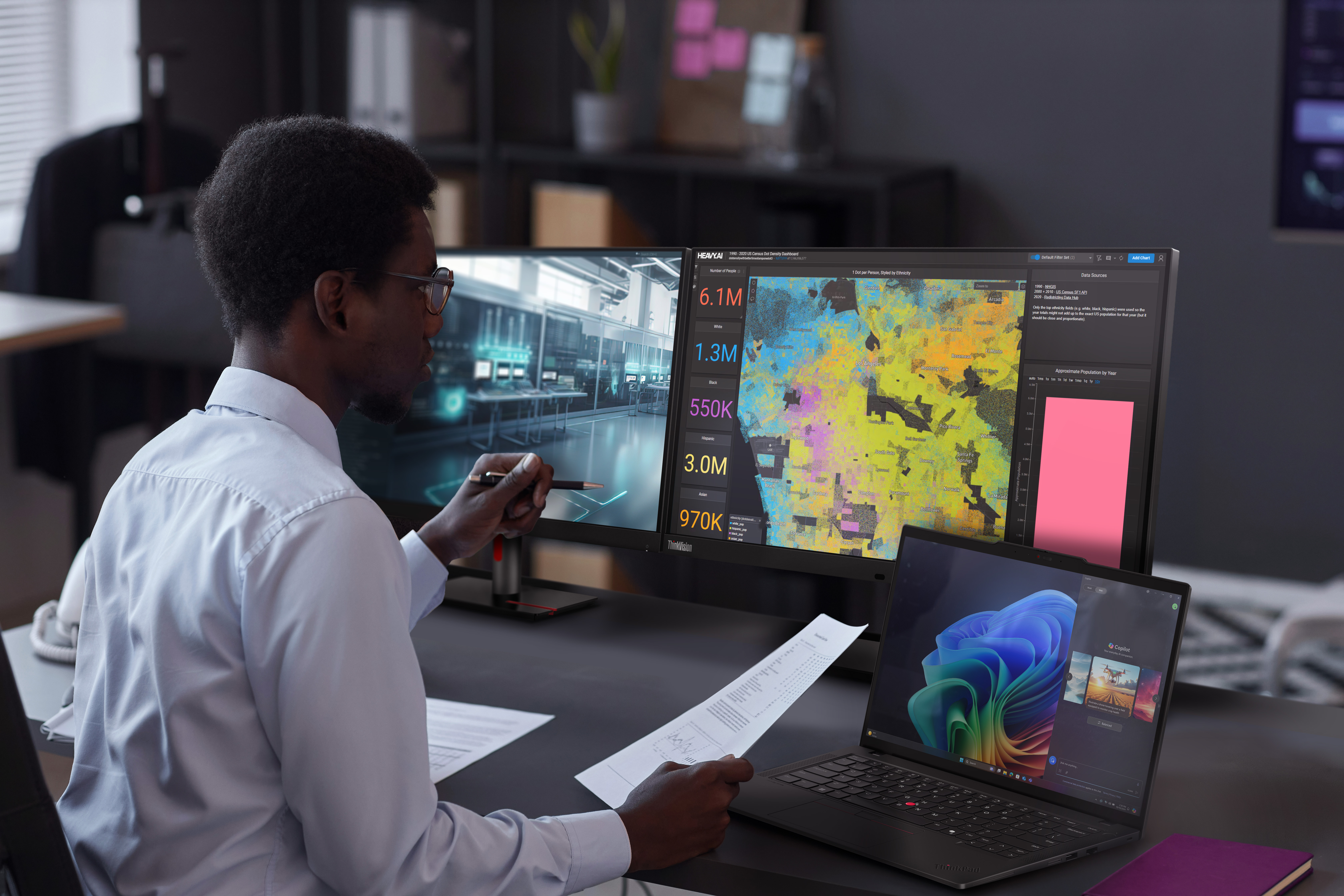Microsoft doesn't want you to upgrade to Windows 11
Microsoft's Windows 10 end-of-support checklist all but confirms what you've suspected for years: Microsoft would rather you ditch your old machine entirely

Unless you've been living under a rock for the past few years, it's been nigh impossible to avoid Microsoft's relentless push to bring Windows 10 users to Windows 11 ahead of the older operating system's October 14, 2025, end-of-support date.
And while that strategy is starting to pay off — with Windows 11 now claiming an all-time high Windows market share of 42.69% on desktops and rapidly closing in on Windows 10's 54.2% lead — Microsoft still has plenty of work to do in the months ahead to cater to those yet to upgrade.
Attempting to convince Windows 10 users that the grass is greener on the other side, Windows 11 is marketed as a more secure, smoother, and feature-rich experience.
However, a recently published end-of-support checklist perhaps says the quiet part out loud: reading less like a guide on getting ready to transition and more like funeral arrangements for your favored hardware.
It's hardly subliminal; in fact, it's barely even subtle. The truth of the matter is that Windows 11's minimum hardware requirements only paint half the picture of what you'll need to experience the operating system in full.
In my opinion, this checklist all but confirms that Microsoft doesn't want you to upgrade to Windows 11. It wants you to upgrade your laptop or PC entirely — preferably to something of the Copilot+ PC variety.
Laptop Mag's Best AI PCs in 2025
Check out our round-up of the best AI PCs in 2025 as we rank and compare top-reviewed AI and Copilot+ laptops featuring the latest and greatest NPU-touting processors from Qualcomm, AMD, and Intel.
Upgrading to Windows 11: It's about the hardware, not the software
Cynics (read: most Windows users) have long claimed that Microsoft's stricter hardware requirements for Windows 11 were less about security and more about sales.
Given the contents of the company's Windows 10 end-of-support checklist, that suggestion feels less like conspiracy and more like clairvoyance.
By default, Microsoft's checklist automatically assumes that your hardware is fit for the scrap. The checklist's first three steps suggest that users update Windows, make a backup of their files, and then promptly erase everything.
Immediately following this, Microsoft suggests recycling your PC responsibly — or trading it in "for money you can use toward a faster, more secure, new Windows 11 PC."
Any mention of upgrading to Windows 11 from Windows 10 is an afterthought, with Microsoft failing to even state its operating system's minimum requirements or indicate to readers that their current hardware may be up to par.
While not explicitly stated, Microsoft's true message is easy enough to decipher. It's time to part ways with your PC, preferably in a way that frees up shelf space at your local Best Buy.
Windows 11's minimum requirements are a problem for Microsoft
Officially, the most divisive aspect of Windows 11's minimum hardware requirements has historically been its hard-line demand for a Trusted Platform Module (TPM) 2.0 chip. However, while not explicitly commonplace at the time of Windows 11's 2021 launch, this module is now a standard offering of modern hardware.
Unofficially, Windows 11's evolution into an evermore AI-backed platform has raised that bar considerably — and it has "Copilot+" written all over it.
Microsoft's checklist isn't about ensuring users can run Windows 11. It's about ensuring that users can run Microsoft's vision of Windows 11. And the operating system's own minimum requirements aren't enough to ensure that will be the case. I just don't think Microsoft is willing to face the backlash if it were to state so openly.

The company's big gamble on AI has seen a growing suite of features and tools emerge on Windows 11 that increasingly benefit from an on-board NPU offered in newer processors from Qualcomm, Intel, and AMD through Snapdragon X, Core Ultra, and Strix Point chipsets.
Just because your system can upgrade to Windows 11 doesn't mean you'll have access to several of these features. In a sense, your hardware might get you through the door, but you'll have a hard time finding a space at the bar without the latest hardware.
For many, upgrading from Windows 10 to Windows 11 will be a temporary band-aid and a gateway to a sub-par experience as a member of the crowd that Microsoft isn't primarily looking to cater to anymore.
What's next
In all honesty, this is likely the path Microsoft has to take. Windows 11's minimum requirements have slowly transitioned from controversial to obsolete, at least when compared to the operating system's current scope.
With Windows 10's end-of-support date rapidly approaching, there's still time to stretch your current hardware to its limits or see it reborn as a Linux machine if you're content enough.
However, it's clear that Windows' future is both AI-powered and hardware-dependent. If your laptop or PC isn't up to spec (and I'm not just talking about minimum requirements), then it's perhaps time to say your goodbyes. Clearly, Microsoft already has.
More from Laptop Mag

Rael Hornby, potentially influenced by far too many LucasArts titles at an early age, once thought he’d grow up to be a mighty pirate. However, after several interventions with close friends and family members, you’re now much more likely to see his name attached to the bylines of tech articles. While not maintaining a double life as an aspiring writer by day and indie game dev by night, you’ll find him sat in a corner somewhere muttering to himself about microtransactions or hunting down promising indie games on Twitter.
You must confirm your public display name before commenting
Please logout and then login again, you will then be prompted to enter your display name.

